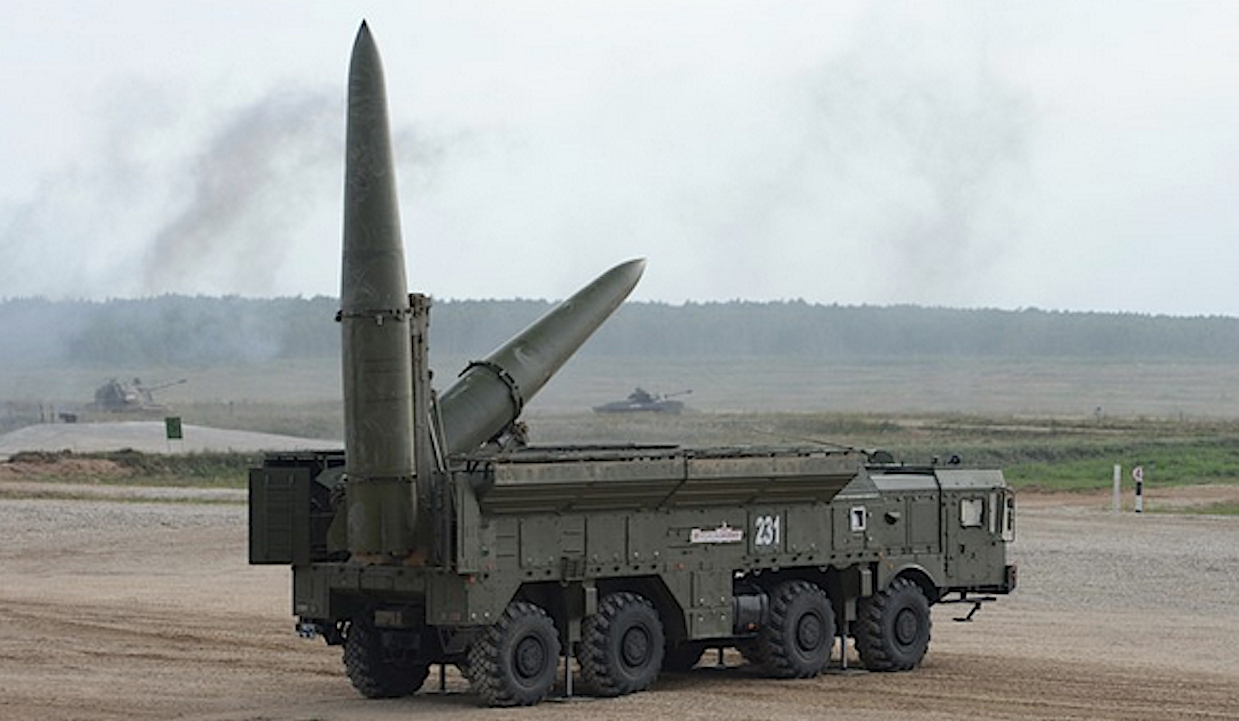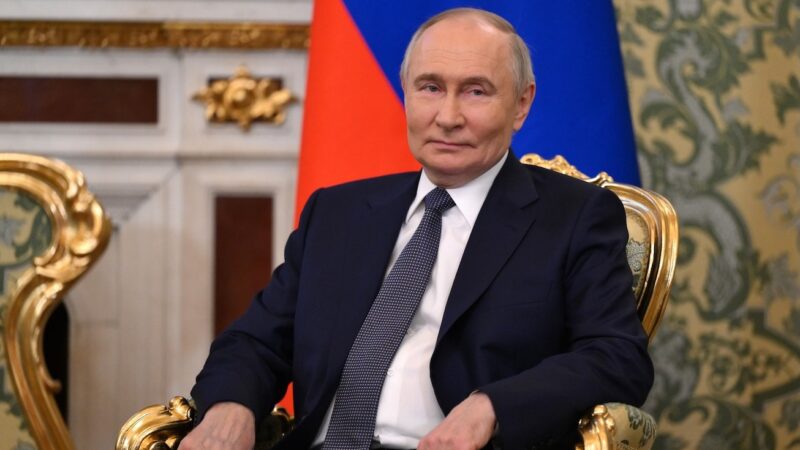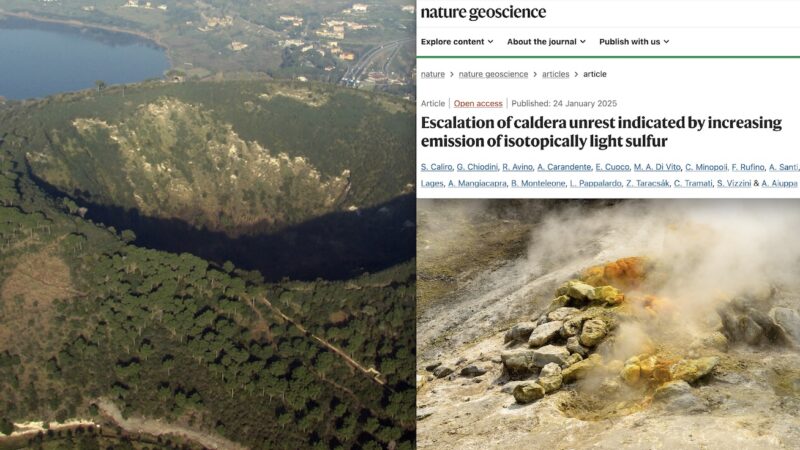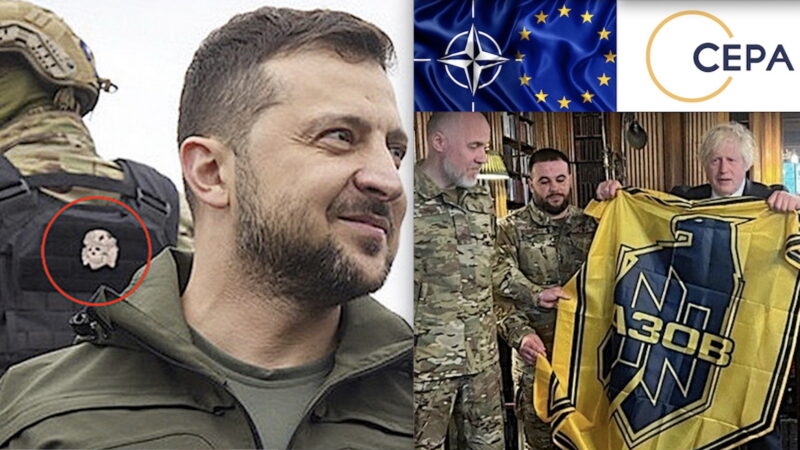British Facilities in the Russia Army’s Sight. Moscow Nuclear Drills as Message to Western

In the cover image the Iskander mobile short-range ballistic missile system. © Sputnik / Mikhail Voskresenskiy
Russia may strike Britain’s military facilities if London’s threats materialize — MFA
Russia has the right to strike British facilities in Ukraine and outside that country, if London’s threats Kiev may carry out attacks with British weapons on Russian territory materialize, Russian Foreign Ministry Spokeswoman Maria Zakharova has told TASS.
“If such a scenario is implemented, our country, Russia, reserves the right to respond accordingly, that is, to regard as targets British facilities located both in Ukraine and outside its borders: military facilities, weapons and so on,” Zakharova said.
She described British Foreign Secretary David Cameron’s remark that London considered it legitimate for the Kiev regime to use British weapons for strikes on Russian territory as “something absolutely insane.”
“This statement is not only illegitimate, but also illogical, because Britain itself stated literally the opposite not so long ago,” Zakharova said.
“You remember how the controversy evolved. This statement first appeared in the news feed of a British news agency. Then, after staying there for two hours it was removed. The whole article with Cameron’s statements was removed,” Zakharova noted. “And a few hours later, apparently after some verbal battles that were going on, I’m sure, at Downing Street 10, at the Foreign Office and at headquarters of Reuters itself, it was decided not to sacrifice the reputation of the British news agency and but to publish the phrase that was actually pronounced.”
WW3 Nightmare: British Defense Chief wants to send UK Troops to Ukraine
“We reacted immediately. The appropriate reaction was presented to the world through diplomatic channels. The ambassador was summoned. In fact, Russia did not just summon him for a reprimand, but absolutely unambiguously responded to the British ambassador over the statements in question the way we did,” Zakharova said.
On Monday, Britain’s ambassador to Russia, Nigel Casey, had been summoned to the Russian Foreign Ministry. A strong protest was expressed to him over Cameron’s recent statement in an interview with Reuters about Ukraine’s right to strike Russian territory with British weapons. Casey was warned that the response to Ukrainian strikes carried out with British weapons on Russian territory might be directed against any British military facilities and equipment in Ukraine and elsewhere.
Originally published by TASS Russia News Agency
All links to Gospa News articles have been added in the aftermath
Message to the West: What’s behind Russia’s tactical nuclear drills
Russian President Vladimir Putin on Monday ordered a snap exercise in the use of tactical nuclear weapons in the Southern Military District, which borders Ukraine.
The drill is intended as a warning to the US and its allies not to escalate the Ukraine conflict any further, both the foreign and defense ministries in Moscow emphasized in public statements.
While the West has accused Russia of making nuclear threats on multiple occasions, Moscow’s nuclear doctrine was spelled out in July 2020 and remains unchanged, the Kremlin has repeatedly stated.
Snap exercises
The purpose of the drills is to iron out “the practical aspects of the preparation and deployment of non-strategic nuclear weapons,” as well as to strengthen the readiness of both equipment and personnel, “in order to ensure the integrity and sovereignty of Russia,” the Russian Defense Ministry said on Monday.
Russian Army Wiped Odessa Ukrainian military HQ. Western hardware Trophy Show in Moscow
The exercises will take place in the Southern Military District, which directly borders Ukraine. Headquartered in Rostov-on-Don, it is the smallest of Russia’s military districts, and includes Crimea, the Caucasus, the regions of Rostov, Volgograd and Krasnodar, as well as the recently admitted Donetsk People’s Republic (DPR), Lugansk People’s Republic (LPR), Kherson and Zaporozhye Regions.
Russia’s tactical nuclear arsenal
Warheads with yields measured in kilotons of TNT – such as the weapons used by the US against the Japanese cities of Hiroshima and Nagasaki in August 1945 – are now considered tactical nuclear weapons. They are intended for use against battlefield targets, whether field formations or hardened combat positions.
Tactical nuclear warheads with yields of 5-50 kilotons can be mounted on 9M723-1 ballistic missiles or the 9M728 cruise missiles, both fired from the Iskander-M complex. Similar warheads can be carried by Kh-47M2 Kinzhal and the Kh-32 cruise missiles that are carried by Russian bombers.
A number of artillery systems can also deliver tactical nuclear warheads in the 2-2.5 kiloton range, installed in 152mm shells and 240mm mortar rounds.
Russia is estimated to have almost 6,000 nuclear warheads of various yields. An unspecified number of tactical nuclear warheads were stationed in Belarus last year, as a response to NATO members delivering depleted uranium munitions to Ukraine.
The US has about 180 tactical nuclear bombs deployed at six bases in Europe – two in Italy, and one each in Belgium, Germany, the Netherlands and Türkiye. The government in Warsaw has expressed a willingness to host the weapons as well, to which Moscow responded that it would consider Poland a priority target.
Message to the West
The tactical nuclear drills are taking place “in the context of recent belligerent statements by Western officials and sharply destabilizing actions taken by a number of NATO countries” in connection with the Ukraine conflict, the Russian Foreign Ministry said on Monday.
The US-led bloc’s policy of inflicting a “strategic defeat” on Russia is leading it towards “a further escalation of the Ukraine crisis towards an open military clash” between NATO and Moscow, the ministry added.
As examples, the ministry cited Polish statements about the possible stationing of US nuclear weapons in Poland, but also recent French nuclear posturing and remarks by President Emmanuel Macron about the possibility of sending French and other NATO soldiers to Ukraine.
Russia’s nuclear doctrine
According to the decree signed by President Vladimir Putin in July 2020, Moscow’s nuclear arsenal is intended to deter external aggression against Russia.
The doctrine is “defensive in nature, aimed at maintaining the potential of nuclear forces at a level sufficient to ensure nuclear deterrence, and guarantees the protection of the sovereignty and territorial integrity of the state, deterring a potential enemy from aggression against the Russian Federation and (or) its allies, and – in the event of a military conflict – preventing the escalation of hostilities and their cessation on terms acceptable to the Russian Federation and (or) its allies.”
Russia views nuclear weapons “solely as a means of deterrence” and considers their use “an extreme and forced measure,” the decree specified.
The doctrine outlines the conditions under which the Russian president would be justified in authorizing the use of atomic weapons. Of particular importance is Section 17, which spells out that Russia “reserves the right to use nuclear weapons in response to the use of nuclear weapons and other types of weapons of mass destruction against it and/or its allies, as well as in the event of aggression against the Russian Federation using conventional weapons, when the existence of the state itself is at risk.” (emphasis added).
Originally published by RT (former Russia Today)
All links to Gospa News articles have been added in the aftermath
Subscribe to the Gospa News Newsletter to read the news as soon as it is published
GOSPA NEWS – UKRAINE WARGOSPA NEWS – WEAPONS LOBBY DOSSIER
NATO-KIEV Terrorism becomes Nuclear Nightmares after Drones Attack on Zaporozhye Atomic Plant



